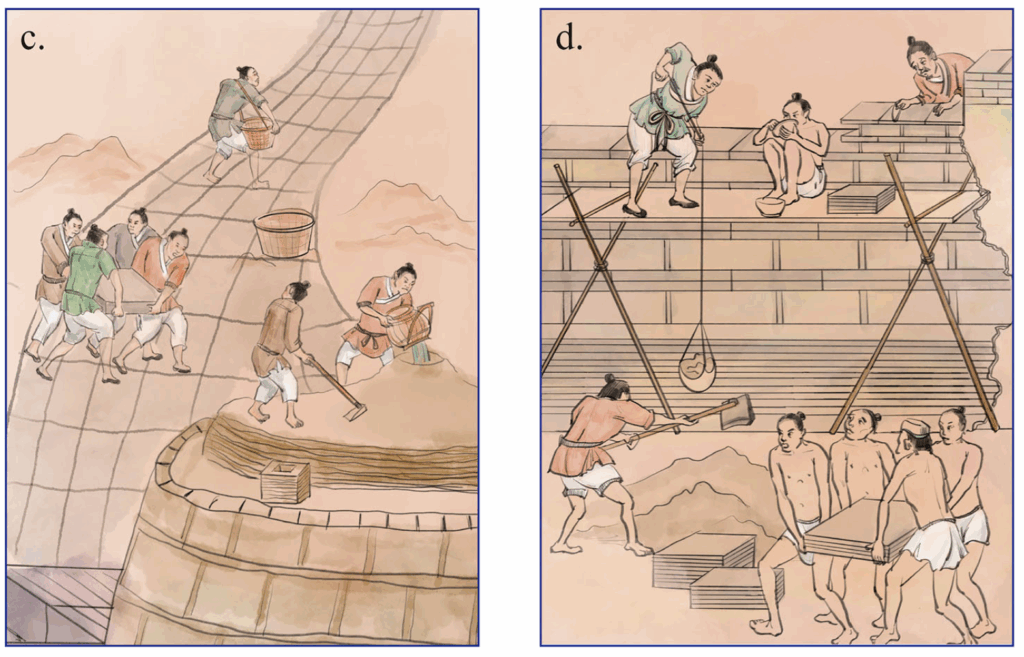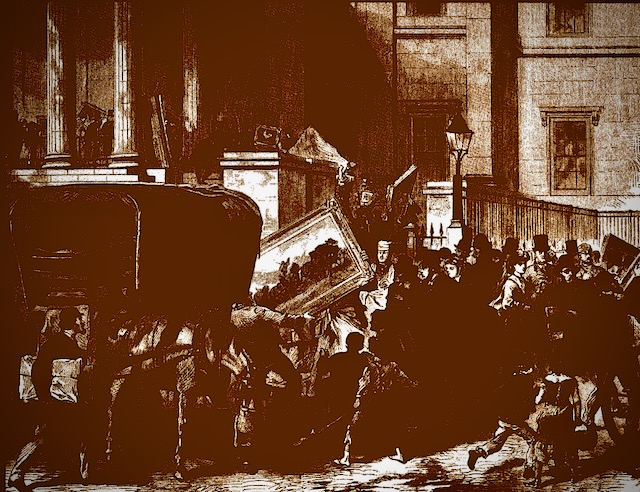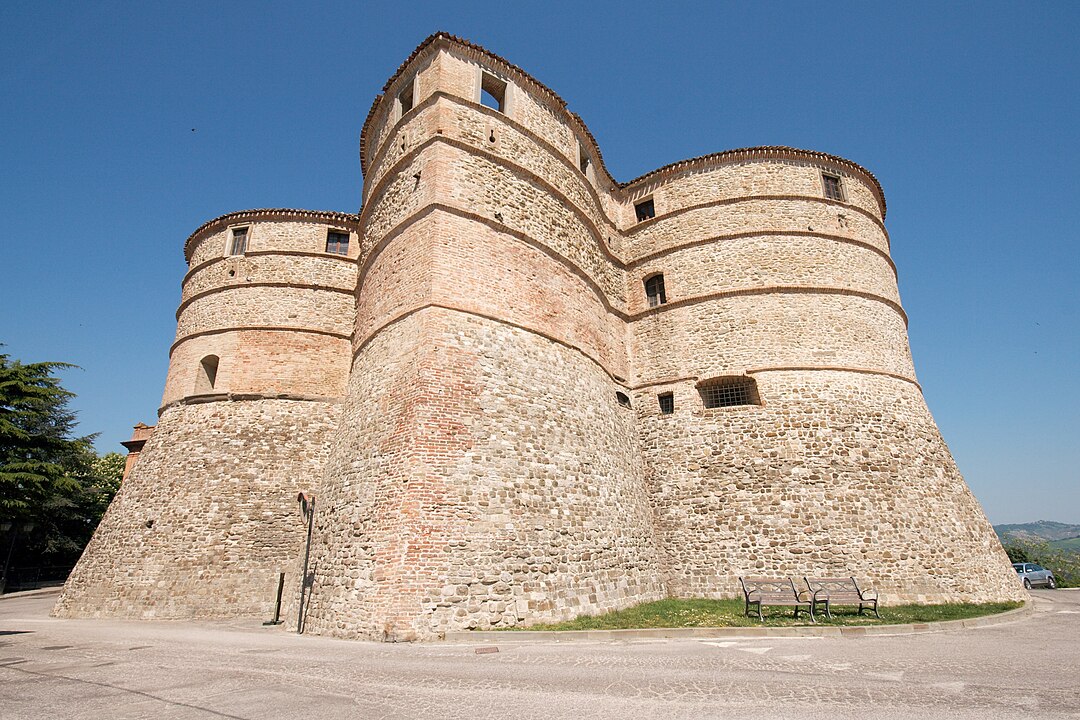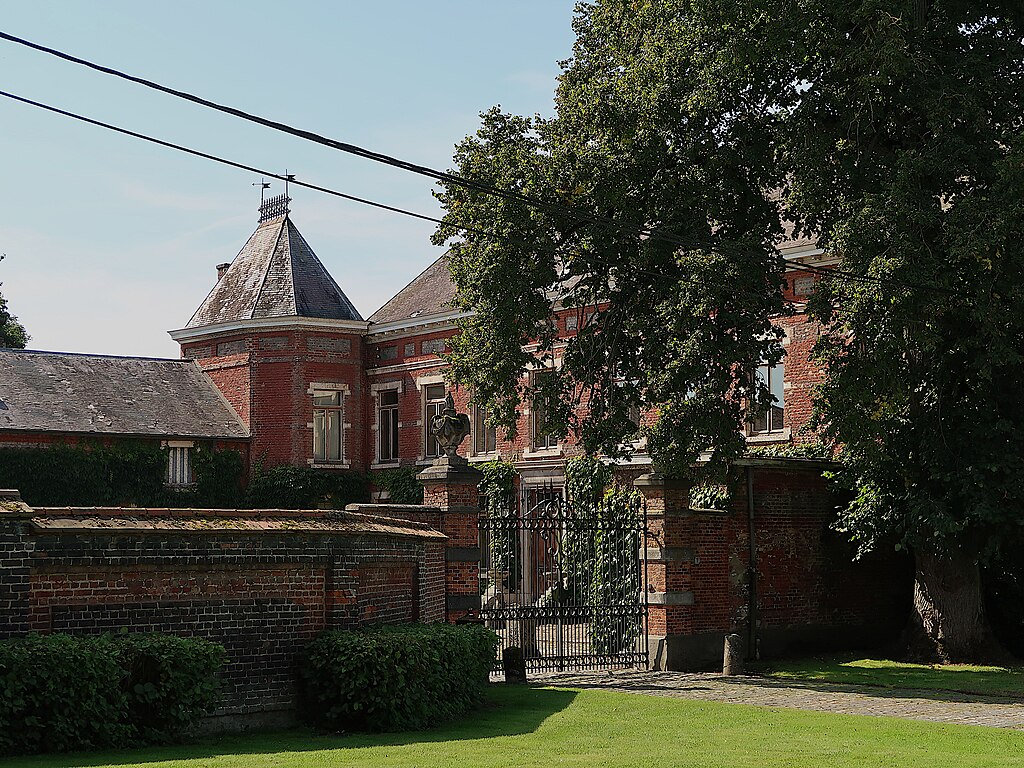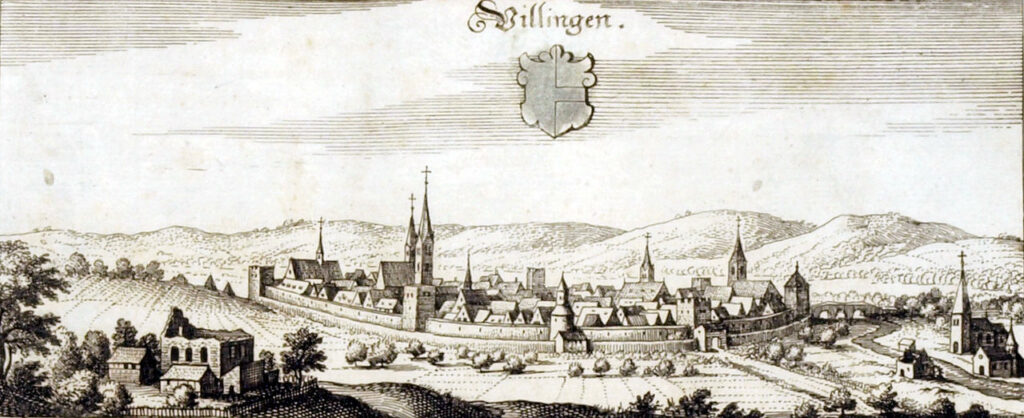Protecting Monuments: a Charter on Restoration and Safety
As far as we know, education or training of professionals involved in safety assessment of historic buildings is an area that could be strongly improved.
ICOMOS (the International Council on Monuments and Sites), is a global non-governmental organization associated with UNESCO dedicated to the conservation of the world’s monuments and sites. One of its most active areas of interest is, then, the conservation and restoration of sites and monuments. The list of documents concerning such commitment has been published in 1998:
- International Charter for the Conservation and Restoration of Monuments and Sites (Venice Charter 1964)
- Historic Gardens (Florence Charter 1981)
- Charter for the Conservation of Historic Towns and Urban Areas (Washington Charter 1987)
- Charter for the Protection and Management of the Archaeological Heritage (1990)
- Charter on the Protection and Management of Underwater Cultural Heritage (1996)
- International Cultural Tourism Charter (1999)
- Charter on the Built Vernacular Heritage (1999)
- Principles for the Preservation of Historic Timber Structures (1999)
- ICOMOS Charter – Principles for the analysis, conservation and structural restoration of architectural heritage (2003)
- ICOMOS Principles for the preservation and conservation/restoration of wall paintings (2003)
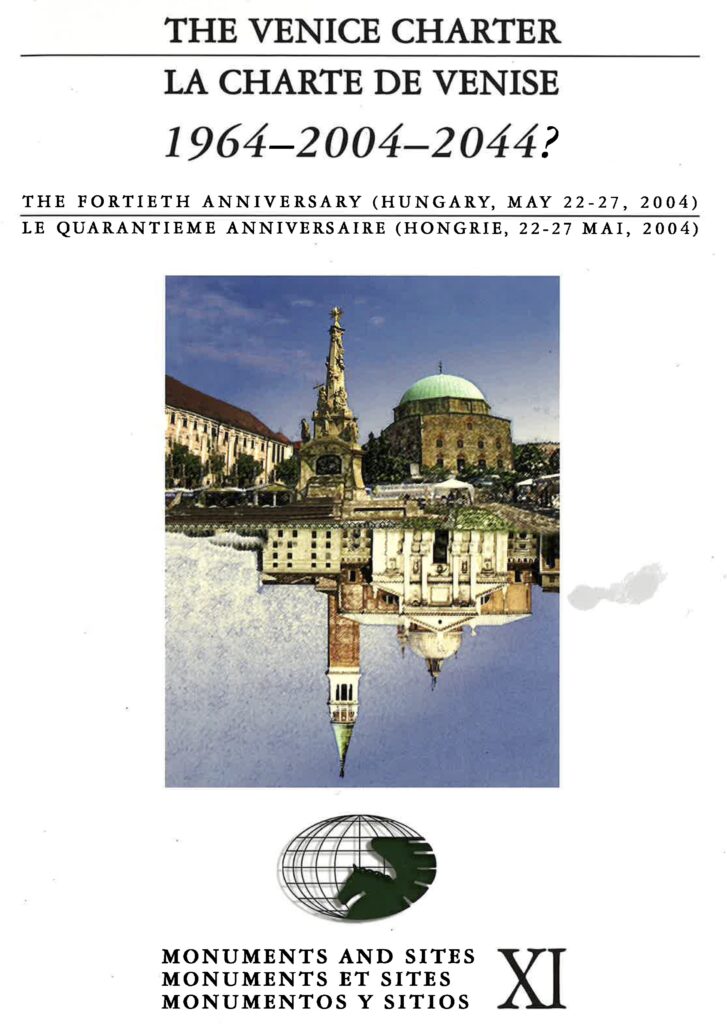
In the specific field of Restoration, the ICOMOS Charter – Principles for the Analysis, Conservation and Structural Restoration of Architectural Heritage, ratified by the ICOMOS 14th General Assembly in Victoria Falls, Zimbabwe in 2003, presents important suggestions for every professional involved in the restoration of Cultural Heritage. The principles defined by the ICOMOS for structural restoration of architectural heritage that directly affect the approach to safety assessment of Cultural Heritage buildings will be discussed.
The first part of the document – Principles – states that “Conservation, reinforcement and restoration of architectural heritage requires a multi-disciplinary approach“. This is the synthesis of the difficulties intrinsic with any intervention on heritage buildings: they need an interaction among users, conservators and safety professionals. In a futher paragraph, the problem related to the fact that “the value of architectural heritage is not only in its appearance, but also in the integrity of all its components as a unique product of the specific building technology of its time. In particular the removal of the inner structures maintaining only the façades does not fit the conservation criteria ” recalls the risk that conservation or safety upgrading works can damage the integrity of the building. There’s not only the need for functional improvements (as ethe exampe in the statement) that poses such risk, but also fire safety issues, like the need for more or wider egress routes in historical buildings
Rather obviously for safety professionals (but not always understood in the conservation community) the Principles warn that ” When any change of use or function is proposed, all the conservation requirements and safety conditions have to be carefully taken into account.” In other words, conservation needs a consensus among the three main actors (users/owners, conservationists and safey professionals)
Quite interesting for the safety community is the process described in paragraph 1.6 to define causes and possible response to the safety issue : The peculiarity of heritage structures, with their complex history, requires the organisation of studies and proposals in precise steps that are similar to those used in medicine. Anamnesis, diagnosis, therapy and controls, corresponding respectively to the searches for significant data and information, individuation of the causes of damage and decay, choice of the remedial measures and control of the efficiency of the interventions. In order to achieve cost effectiveness and minimal impact on architectural heritage using funds available in a rational way; it is usually necessary that the study repeats these steps in an iterative process. “. National and international standards on fire safety, for example, asks people involved in safety assessment to follow a different method to define safety strategy. Probably, a specific training program aimed at improving the capacity of reaching the goals applying both the process could be useful to safety professionals.
The 1.7 proposition is important when emergency operations occur: “No action should be undertaken without having ascertained the achievable benefit and harm to the architectural heritage, except in cases where urgent safeguard measures are necessary to avoid the imminent collapse of the structures (e.g. after seismic damages); those urgent measures, however, should when possible avoid modifying the fabric in an irreversible way“. The intense activity post-earthquake aimed at assuring relative conditions to damaged built heritage should always keep this kind of consideration.
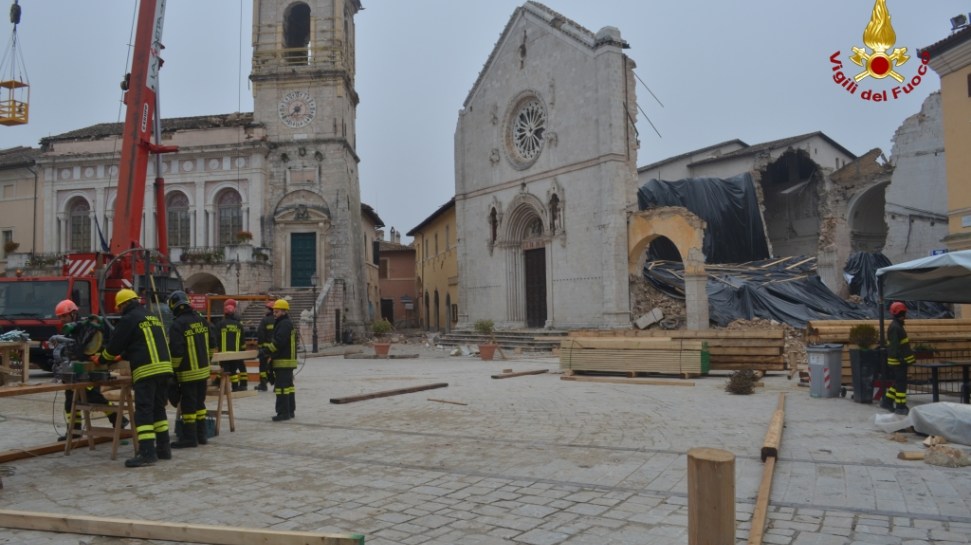
Section 2 – Researches and diagnosis – add important statements about the process and the flow of information. The need stated in proposition 2.2 “Data and information should first be processed approximately, to establish a more comprehensive plan of activities in proportion to the real problems of the structures” should find in the ICT sector a powerful tool in enabling different persons in sharing information and finding adequate solution.
Proposition 2.8 “Often the application of the same safety levels as in the design of new buildings requires excessive, if not impossible, measures. In these cases specific analyses and appropriate considerations may justify different approaches to safety” seems to recall directly the performance-based approach commonly applied to building fire safety. Such approach is aimed at identifying the best solution against a number of different possible safety measures and is, probably, the only real possibility to improve safety in historic buildings. The same considerations can be related to the proposition 3.5 and 3.8:
- 3.5: “Each intervention should be in proportion to the safety objectives set, thus keeping intervention to the minimum to guarantee safety and durability with the least harm to heritage values“.
- 3.8 “At times the difficulty of evaluating the real safety levels and the possible benefits of interventions may suggest “an observational method”, i.e. an incremental approach, starting from a minimum level of intervention, with the possible subsequent adoption of a series of supplementary or corrective measures“.
Proposition 3.12 “Each intervention should, as far as possible, respect the concept, techniques and historical value of the original or earlier states of the structure and leaves evidence that can be recognised in the future” can sometimes cause fire safety problems, due the hard compatibility of fire rated materials with the need of preserving historical techniques. The same consideration may be applied to the 3.14 “The removal or alteration of any historic material or distinctive architectural features should be avoided whenever possible“, the 3.15 “Deteriorated structures whenever possible should be repaired rather than replaced“, while the 3.16 “Imperfections and alterations, when they have become part of the history of the structure, should be maintained so far so they do not compromise the safety requirements” shows a better awareness of fire safety related problems.
As far as we know, education or training of professionals involved in safety assessment of historic buildings is an area that could be strongly improved. The ICOMOS document on Principles for the analysis, conservation and structural restoration of architectural heritage should be considered one of the pillars to be taught to any people that is asked to assess safety and design safety measures to historic buildings and monuments.
